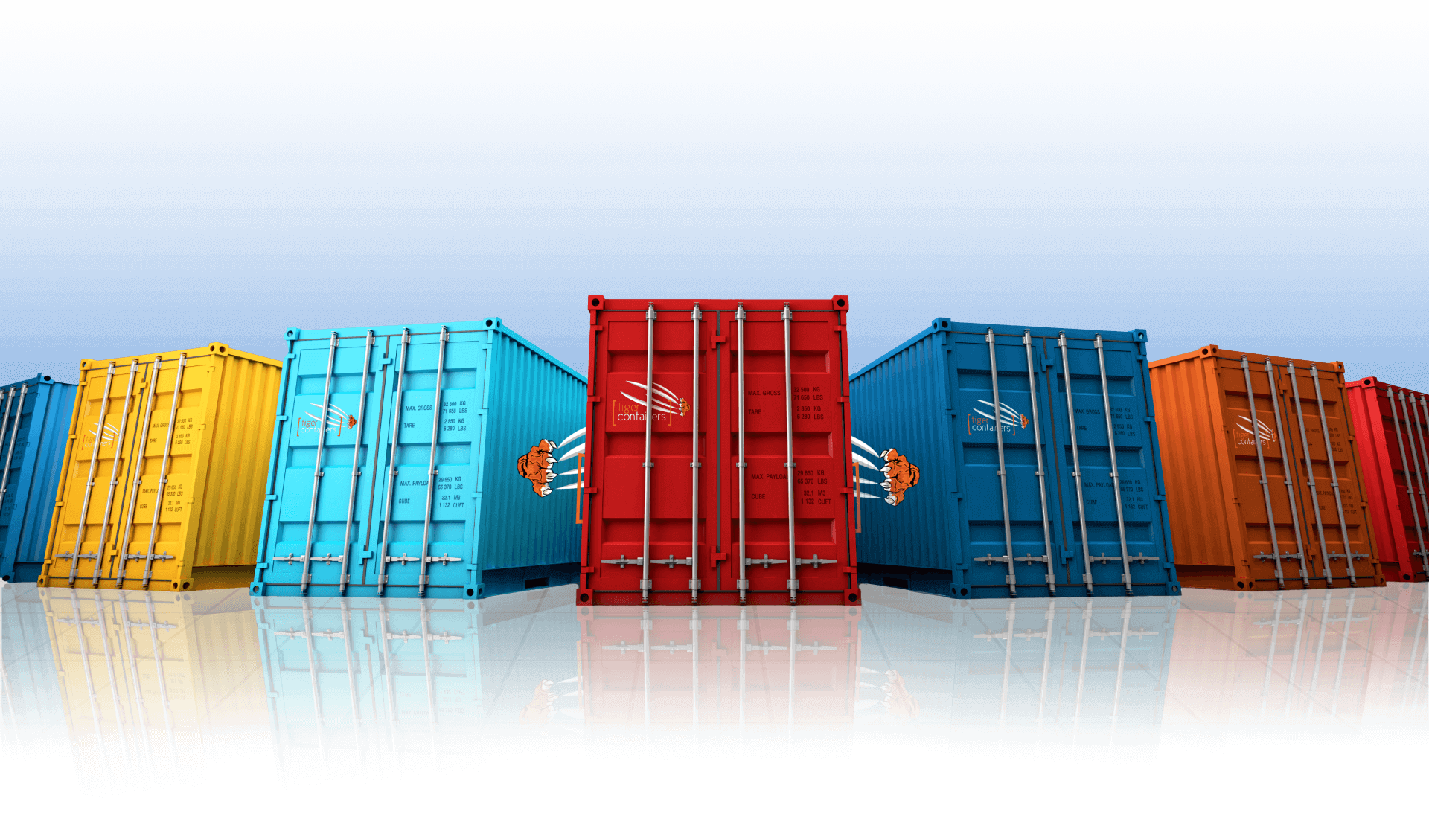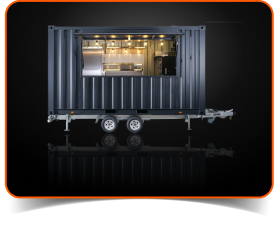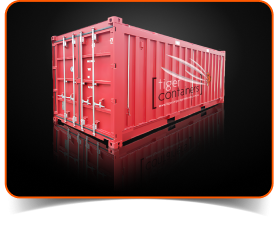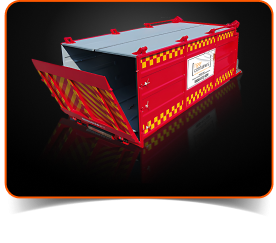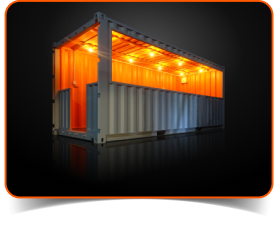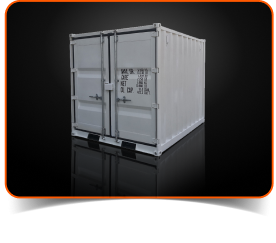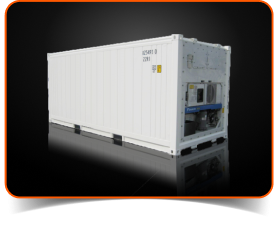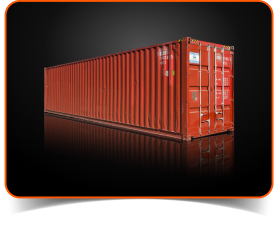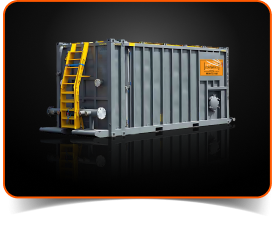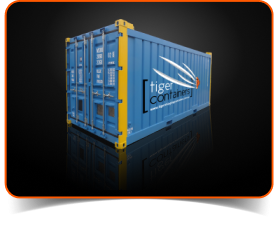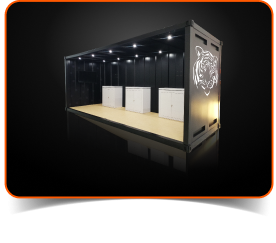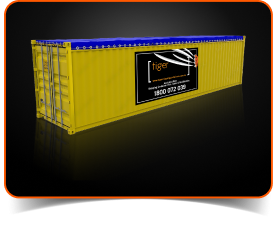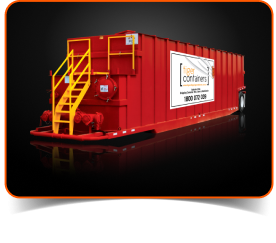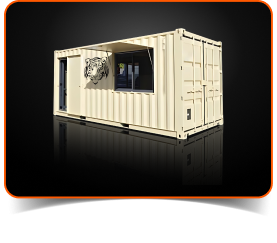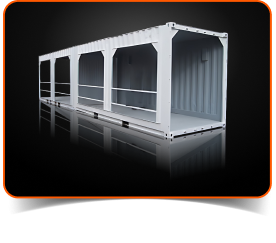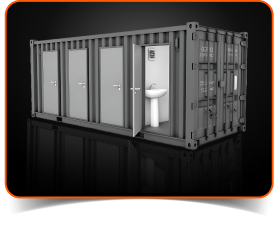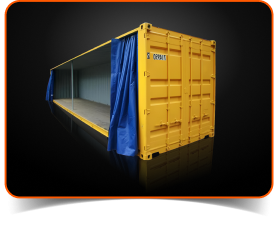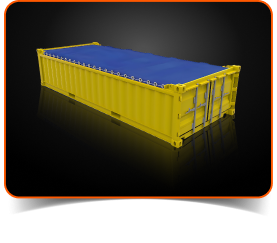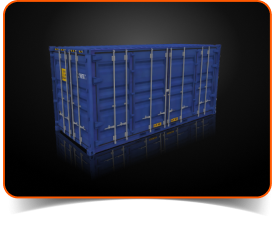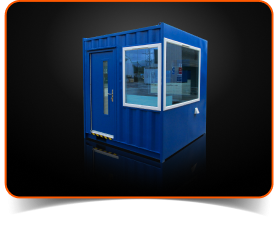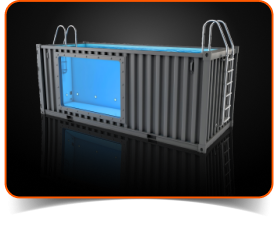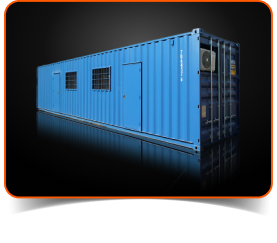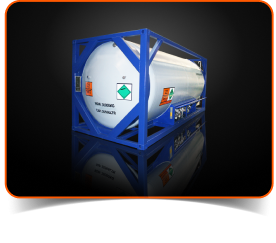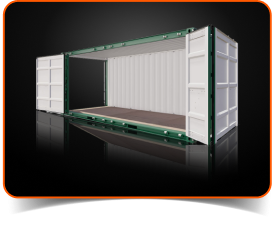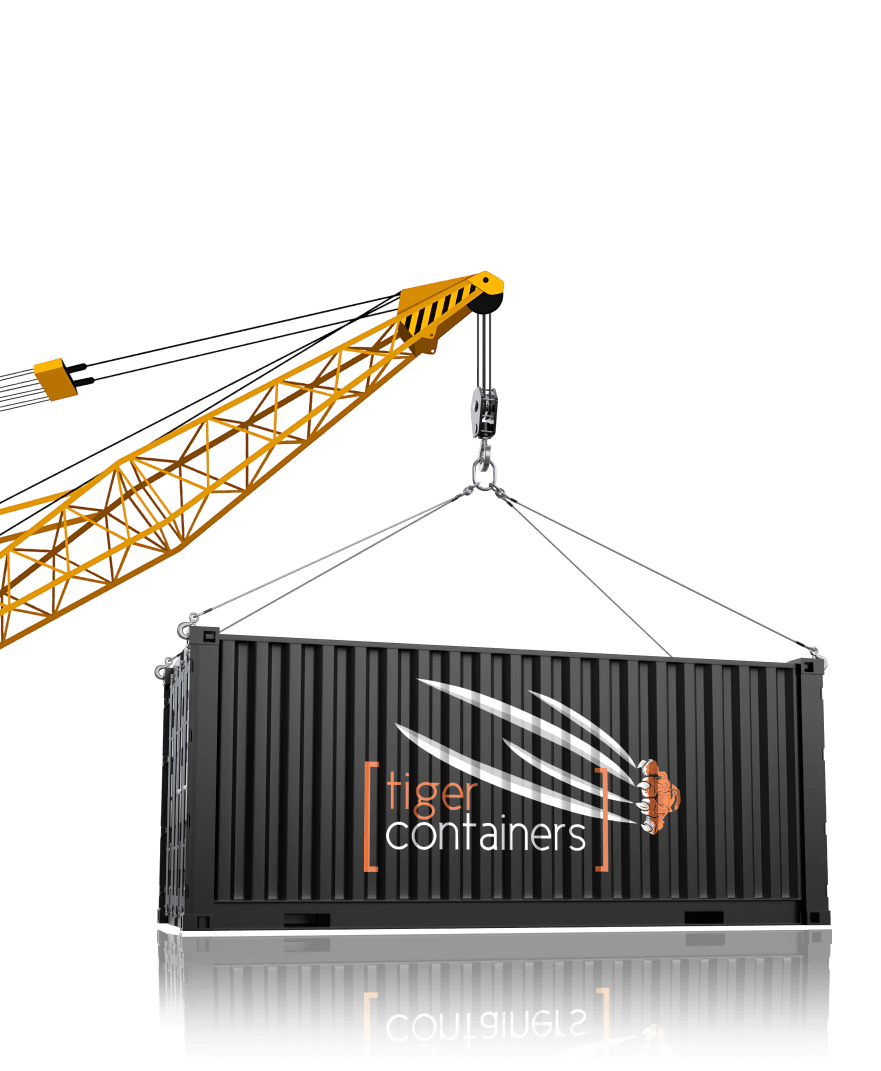
click to view additional modified shipping container pics
Types of Shipping Containers
The most common types of shipping containers are standard dry containers, refrigerated containers, and open-top containers. Standard dry containers (aka: ‘General Purpose’, or ‘Standard’) are the most widely used type of container and are suitable for transporting dry goods. Refrigerated containers, also known as “reefers,” are used for transporting perishable goods that require temperature-controlled environments. Open-top containers have no roof and are used for transporting oversized cargo that cannot fit in a standard container.
Shipping container weight
Each type of container has different weight specifications. Standard dry containers typically have a maximum weight of 30,480 kilograms or 67,200 pounds. Refrigerated containers have a maximum weight of 30,480 kilograms or 67,200 pounds, but their weight capacity can vary depending on the refrigeration unit’s weight. Open-top containers have a maximum weight of 28,260 kilograms or 62,210 pounds.
shipping container weight limits
International standards and regulations govern shipping container weight limits. The weight limit for a container is determined by its maximum payload, which is the weight of the container plus the weight of its contents. The maximum payload for a standard dry container is typically around 28,000 kilograms or 61,729 pounds. However, the maximum payload can vary depending on factors such as the container’s construction material, size, and additional features.
Exceeding weight limits can have severe consequences. It can lead to safety hazards, damage to cargo, and legal consequences. Overweight containers can cause instability during transport, which can result in accidents or cargo damage. Moreover, exceeding weight limits can result in fines or legal action against the shipping company, as it violates international regulations and can cause damage to the transportation infrastructure.
Container Weight
There are two methods for measuring shipping container weight: weighing the container or using load cells. Weighing the container involves placing it on a scale, either at the port or at a weighing facility. The weight of the container and its contents is then measured and recorded. Load cells are specialised equipment that can be installed on a container’s chassis or corners to measure its weight. Load cells are typically more accurate than weighing the container, but they require specialized equipment and are not widely available.
When weighing a container, it is essential to ensure that it is done accurately and safely. The container should be placed on a level surface, and the weight of any lifting equipment should be subtracted from the total weight. The use of specialised equipment such as forklifts or cranes can ensure the container is safely lifted and weighed.
Australia’s Biggest Brands Trust
tiger shipping containers
So can you






Factors Affecting Shipping Container Weight
Several factors can affect the weight of a shipping container, including its construction material, size, and additional features. Steel containers are heavier than aluminium containers, but they are also more durable and suitable for harsh environments. The size of a container also affects its weight. Larger containers are heavier and require more substantial transportation equipment to move. Additional features such as ventilation systems or security features can also add to a container’s weight.
The weight of the cargo being transported is another essential factor that affects shipping container weight. The weight of the cargo can impact the container’s stability during transport and can affect the container’s weight limit.
Naturally the above information is provided as a guideline only. For more precise shipping container weight information, call Tiger Shipping Containers today.
